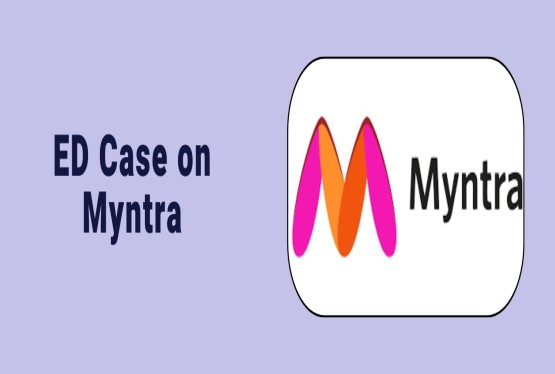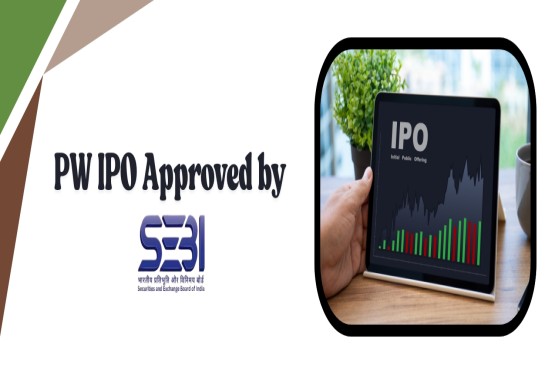Lenskart, one of India's most iconic and fast-growing eyewear brands, has officially transitioned from a private limited company to a public limited company, marking a significant step in its journey toward a blockbuster Initial Public Offering (IPO). The transformation from "Lenskart Solutions Private Limited" to "Lenskart Solutions Limited" was approved via a special resolution passed by its board in an extraordinary general meeting held on May 30, 2025. This change signals the company’s readiness to list on one or more stock exchanges in India.
Lenskart Converts from Private Entity to Public Entity Ahead of IPO
As part of its IPO preparation, Lenskart has undergone a structural change by converting into a public limited company. This legal shift is a mandatory step for any company seeking to be listed on a public stock exchange in India. According to its filings with the Registrar of Companies (RoC), the company noted that "In order to undertake the offer (IPO), the status of the company is required to be changed from a private company limited by shares to a public company limited by shares."
While the company has not yet disclosed the quantum of the proposed issue, this conversion clearly reflects Lenskart's intention to step into the public market and access a larger pool of capital. The conversion comes just five months after early reports indicated that the unicorn had started engaging with investment banks regarding its IPO plans.
IPO Plans and Valuation Targets
Lenskart is reportedly aiming to raise around $1 billion through its IPO. Market sources have suggested that the company is targeting a valuation of approximately $10 billion, which is significantly higher than its previous valuation of $5 billion during its last funding round in 2024. The company had previously raised $200 million through a secondary share sale in that round, attracting prominent investors such as Temasek and Fidelity.
In preparation for the IPO, Lenskart has roped in top-tier investment banks to lead the public issue. Kotak Mahindra Capital, Morgan Stanley, Citi, Avendus Capital, and Axis Capital are said to be part of the consortium steering this massive offering.
Lenskart Converts to Public Entity: Importance of the Name Change
The change in corporate structure and name from "Private Limited" to "Limited" is not merely a formality. Under Indian corporate law, only public limited companies can issue shares to the public. By removing "Private" from its name, Lenskart has formally signaled its compliance with these legal requirements. This change is necessary to initiate the IPO filing process with the Securities and Exchange Board of India (SEBI) and to adhere to the disclosure norms that govern listed companies.
Moreover, this move demonstrates the brand’s maturity and readiness to operate in a more regulated and transparent environment, something public investors and stakeholders expect from a listed entity.
Promoter Confidence and Strategic Funding Rounds
Adding to the momentum, the founding team of Lenskart made a substantial financial commitment to the company. In July 2024, Peyush Bansal, Neha Bansal, Amit Choudhary, and Sumeet Kapahi together invested $20 million. This move not only signaled their long-term confidence in the brand but also helped boost investor sentiment ahead of the public offering.
Over the years, Lenskart has raised close to $2 billion through multiple rounds of funding, including both primary and secondary share sales. Notable global investors such as SoftBank, Temasek, and KKR have backed the company, showcasing international faith in its business model and growth trajectory.
Financial Performance in FY24: A Strong Year
Lenskart’s financial performance in FY24 further strengthens its IPO proposition. The company recorded a dramatic improvement in its profitability metrics. Its net loss narrowed by 84% to just Rs.10 crore, compared to Rs.64 crore in FY23. This sharp reduction in losses is attributed to a range of tech-led operational efficiencies and cost optimizations.
On the revenue front, Lenskart's performance was equally impressive. Operating revenue surged by 43%, from Rs.3,788 crore in FY23 to Rs.5,428 crore in FY24. EBITDA (Earnings Before Interest, Taxes, Depreciation, and Amortization) also more than doubled, reaching Rs.856 crore.
This financial turnaround highlights the company's evolving maturity and its ability to scale operations without proportionally increasing costs. These are important signals for IPO investors, who seek profitability and long-term sustainability.
Global Expansion and Omnichannel Presence
Lenskart's success is not confined to Indian borders. The company has steadily expanded its presence in international markets such as the UAE, Singapore, and Japan. Its omnichannel model; integrating online sales with a robust offline presence—has played a key role in serving diverse customer segments efficiently.
With over 2,500 stores across its markets and a customer base of over 20 million, Lenskart has become synonymous with modern eyewear in India. Its tech-integrated approach to vision correction and stylish eyewear has helped it build a strong emotional and aspirational connection with millennials and Gen Z.
Lenskart's Journey: From Startup to Market Leader
Founded in 2010 by Peyush Bansal, Amit Choudhary, and Sumeet Kapahi, Lenskart started with the aim to provide affordable and accessible eyewear to Indian consumers. Over the past decade and a half, it has redefined how Indians perceive eyewear—transforming it from a medical necessity into a fashion accessory.
The startup began as an online-only platform but quickly realized the need for physical presence to offer eye checkups and fittings. This led to the creation of Lenskart's hybrid model, where physical stores complement digital interfaces. Innovations like AI-powered eye testing, home eye checkups, and virtual try-ons further distinguished the brand in the crowded retail market.
Their in-house manufacturing and supply chain systems have allowed them to scale without compromising on quality. Today, Lenskart operates with vertically integrated facilities and has invested in automated factories to keep up with growing demand.
Comparison With Other IPO-Ready Startups
By transitioning to a public limited company, Lenskart has joined the league of Indian startups gearing up for IPOs. Companies like PhysicsWallah, Infra.Market, Zetwerk, Shiprocket, Boat, and Bluestone are also preparing to hit the public markets. These new-age consumer tech brands represent the next phase of India’s startup evolution—where market-tested scalability and investor trust are paving the way for public participation.
What makes Lenskart stand out, however, is its unique combination of consumer appeal, profitability roadmap, and omnichannel execution. The brand’s ability to continuously innovate and adapt to shifting market trends ensures that it remains a compelling proposition for retail and institutional investors alike.
Regulatory Readiness and Next Steps
Now that the company has legally restructured itself into a public entity, the next step would be filing its Draft Red Herring Prospectus (DRHP) with SEBI. The DRHP will contain detailed disclosures about its operations, risks, financials, shareholding structure, and proposed IPO structure.
Once approved, Lenskart can proceed with roadshows to attract investors, fix the price band for its IPO, and finalize the dates for its public offering. Given the company’s strong financials and brand recognition, there is expected to be significant market interest in its shares.
Conclusion
Lenskart’s conversion to a public limited company marks a defining milestone in its 15-year journey. The change is not merely administrative but symbolic of the brand’s evolution from a startup into a corporate powerhouse with global aspirations. With strong financial performance, solid investor backing, and clear market leadership, Lenskart appears well-prepared to step into the public domain. As it inches closer to its IPO, this transformation positions the company to attract a broader investor base, improve governance standards, and unlock new growth opportunities both in India and abroad.
In case of any queries or if you want to convert your company into a Public Company then you can connect with Compliance Calendar LLP experts through email at info@ccoffice.in or Call/Whatsapp at +91 9988424211.
FAQs
Q1. Why did Lenskart convert from a private limited company to a public limited company?
Ans. Lenskart converted into a public limited company to comply with regulatory requirements for launching an Initial Public Offering (IPO). Under Indian company law, only public limited companies are permitted to issue shares to the public. This structural change enables Lenskart to file for listing on Indian stock exchanges.
Q2. What is the new name of the company after the conversion?
Ans. After the conversion, the company’s name changed from “Lenskart Solutions Private Limited” to “Lenskart Solutions Limited.” This name change is essential to reflect the company’s new status as a public limited entity and is a legal prerequisite for initiating the IPO process.
Q3. How much capital is Lenskart planning to raise through the IPO?
Ans. Lenskart is aiming to raise approximately $1 billion through its upcoming IPO. Although the final issue size has not been disclosed officially, sources indicate that the company is targeting a valuation of around $10 billion, doubling its last known valuation of $5 billion.
Q4. Which investment banks are managing Lenskart’s IPO?
Ans. To handle the IPO process, Lenskart has engaged several prominent investment banks. These include Kotak Mahindra Capital, Morgan Stanley, Citi, Avendus Capital, and Axis Capital. These institutions will assist in structuring the issue, pricing, and conducting investor roadshows.
Q5. How did Lenskart perform financially in FY24?
Ans. In FY24, Lenskart posted a net loss of Rs.10 crore, a sharp improvement from the Rs.64 crore loss in FY23. The company’s operating revenue also grew by 43%, reaching Rs.5,428 crore, while its EBITDA more than doubled to Rs.856 crore. These results show strong operational and financial progress.
Q6. What is the next step for Lenskart after becoming a public entity?
Ans. The next step for Lenskart is to file its Draft Red Herring Prospectus (DRHP) with SEBI. This document will provide detailed information about the company’s operations, risks, financials, and IPO plans. After SEBI’s approval, the company can proceed with the public offering.
Q7. How has Lenskart grown since its founding in 2010?
Ans. Since its founding in 2010 by Peyush Bansal, Amit Choudhary, and Sumeet Kapahi, Lenskart has transformed into a leading omnichannel eyewear brand. It has over 2,500 stores, a presence in multiple countries, and a customer base exceeding 20 million. With technology-driven solutions and strong investor backing, it is now among India’s most recognized consumer brands.












































































_crop10_thumb.jpg)







_Rules,_2025_learn_crop10_thumb.jpg)




































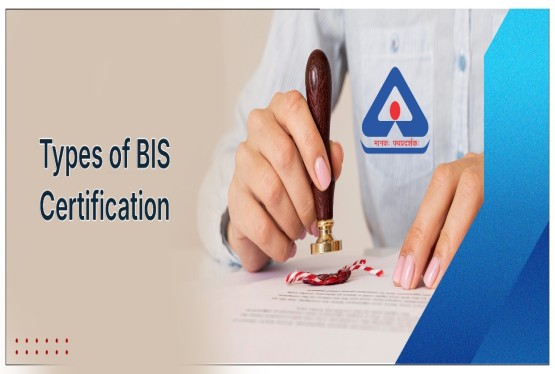

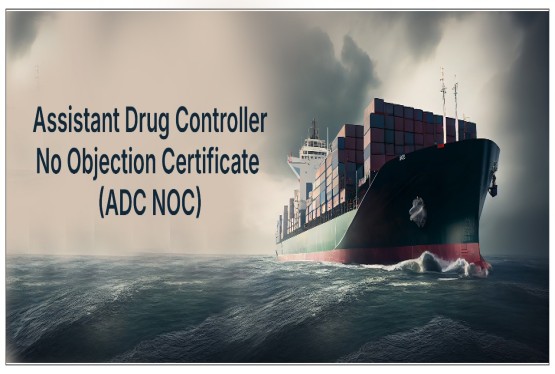

















































_crop10_thumb.jpg)








 in BIS FMCS_learn_crop10_thumb.jpg)










_crop10_thumb.jpg)














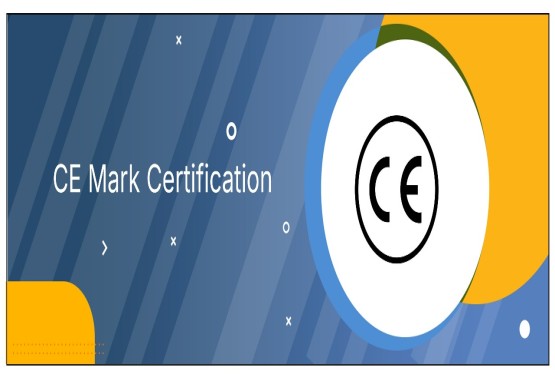
_crop10_thumb.jpg)





_Code C-888_learn_crop10_thumb.jpeg)
_learn_crop10_thumb.jpg)
































































_Certificate_learn_crop10_thumb.jpg)

_Certificate_(1)_crop10_thumb.jpg)

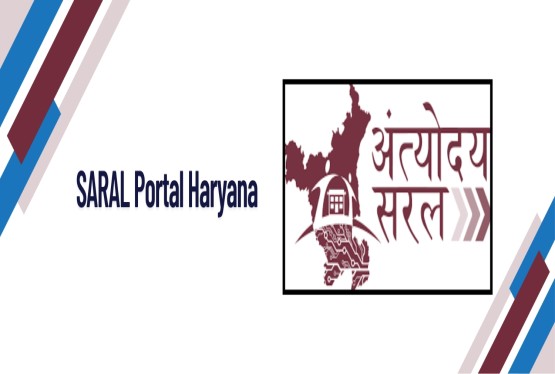




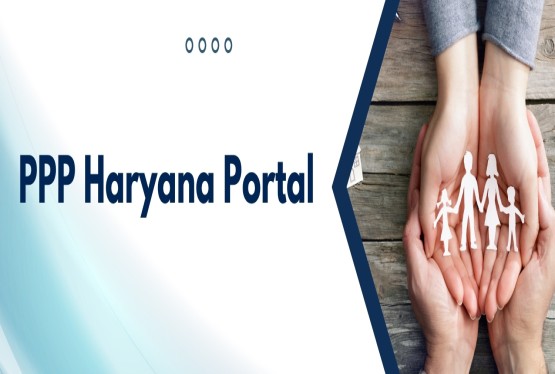








_learn_crop10_thumb.jpg)

_crop10_thumb.jpg)


















_Scheme_learn_crop10_thumb.jpg)


_learn_crop10_thumb.jpg)

